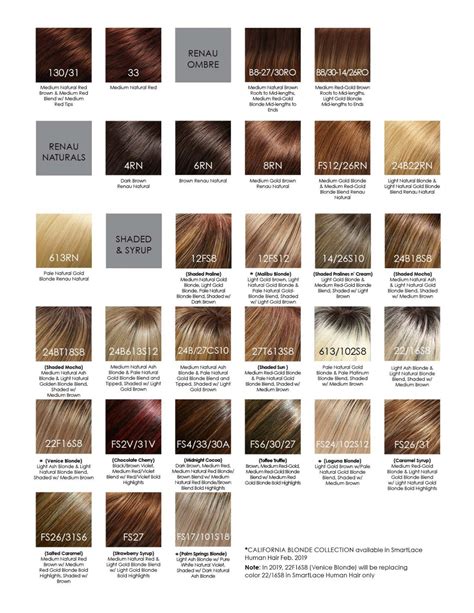Introduction

Human hair color, a mesmerizing symphony of pigments and genetics, has captivated scientists and aestheticians alike for centuries. With over 100,000 different natural shades, it’s a testament to the diversity and marvel of human biology.
Genetics and the Role of Melanin
Hair color is primarily determined by the presence of two pigments: eumelanin (brown or black) and pheomelanin (red). The amount and ratio of these pigments vary from person to person, creating the vast array of hues we observe.
Melanin production is dictated by genes located on chromosome 11. Variations in these genes can lead to different hair colors, even within the same family. However, the inheritance pattern of hair color is complex, involving multiple genes and environmental factors.
The Fitzpatrick Scale and Hair Color Predisposition
The Fitzpatrick Scale classifies skin tones based on their response to sun exposure. Individuals with darker skin tones (Types IV-VI) typically have higher levels of melanin, resulting in brown or black hair. Conversely, those with lighter skin tones (Types I-III) tend to have lower melanin levels, leading to blonde or red hair.
Natural Hair Colors and their Prevalence
Based on a study published in the American Journal of Human Genetics, the most prevalent natural hair colors are:
| Hair Color | Global Prevalence |
|---|---|
| Black | 75% |
| Brown | 15% |
| Blonde | 5% |
| Red | 4% |
Applications of Human Hair Color Science
Beyond its aesthetic appeal, human hair color has various applications:
- Forensics: Hair samples can provide valuable clues about an individual’s ancestry, geographic origin, and lifestyle.
- Medical Diagnosis: Hair analysis can detect genetic disorders, nutritional deficiencies, and exposure to toxins.
- Biomimetics: Scientists are exploring ways to mimic the hair’s pigment system for novel applications such as sensors and drug delivery systems.
Strategies for Altering Hair Color
Natural Methods:
- Henna: This natural dye can add reddish, orange, or brownish hues to hair.
- Lemon Juice and Honey: Lightening hair naturally with mild bleaching effects.
- Coffee or Black Tea: Imparting darker shades to hair.
Chemical Methods:
- Bleaching: Removes natural pigments, allowing hair to be dyed to lighter colors.
- Coloring: Deposits pigments into hair, changing its natural hue.
Tips and Tricks for Maintaining Healthy Hair Color
- Use color-protecting shampoos and conditioners.
- Limit heat styling to prevent damage.
- Deep condition regularly to nourish hair and maintain vibrancy.
- Avoid exposing hair to excessive sunlight, which can fade color.
Why Hair Color Matters
Social and Cultural Significance:
Hair color has cultural and social connotations, influencing perceptions of beauty and belonging.
Psychological Effects:
Studies have shown that hair color can impact self-image, confidence, and even mood.
Benefits of Understanding Hair Color
Comprehending the science behind human hair color empowers individuals to:
- Understand their natural hair color and genetic predispositions.
- Achieve desired hair colors safely and effectively.
- Utilize hair analysis for health and ancestry insights.
- Innovate new applications based on the unique properties of hair pigments.
Conclusion
Human hair color is a testament to the remarkable diversity of human biology. Its genetics, applications, and psychological effects make it an endlessly fascinating topic. By unraveling the mysteries of hair color, we gain not only knowledge but also appreciate the beauty and complexity of human identity.
